Home > Applications > Power Extension Cords
With the development of the energy industry, the application of power extension cords is becoming more and more broad and the demand is increasing, we have a wealth of experience in the field of power extension cables, we can help you to complete your energy project.
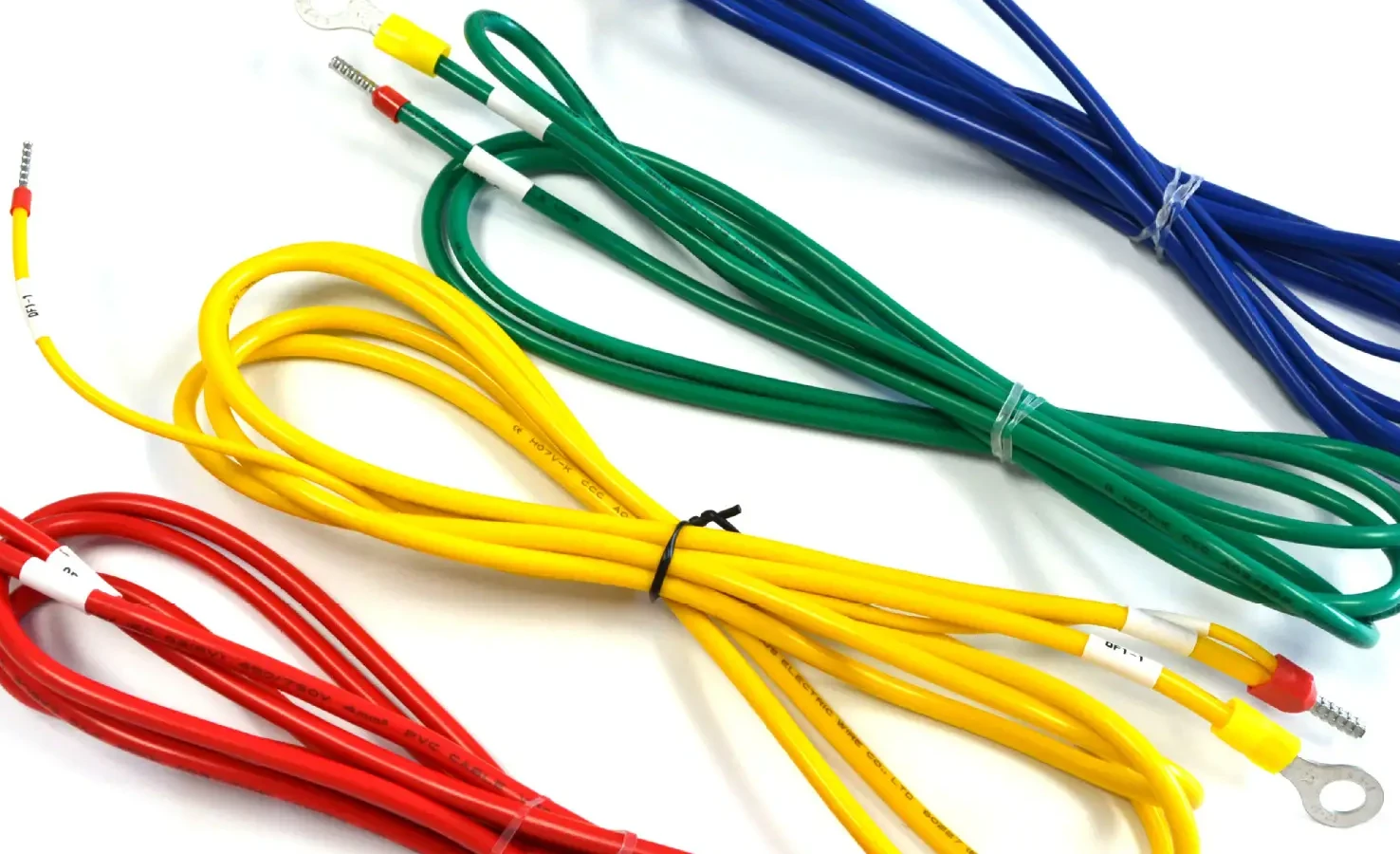
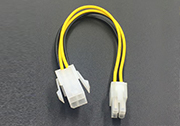
4pin motherboard power extension cable
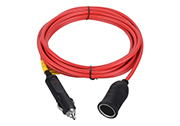
12v car extension cord
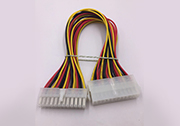
24pin atx power extension cable
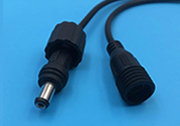
DC black waterproof ed monitoring power cable
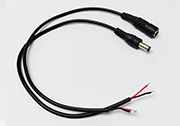
DC male and female single-end power cord 2.5 female socket
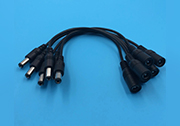
DC monitoring power supply male and female extension cable. 5 2.1mm
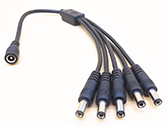
1 to 5 power extension cables
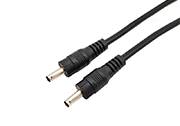
DC pure copper 5v 2a male connector monitoring extension cable
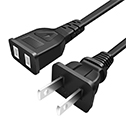
Electric vehicle extension cord
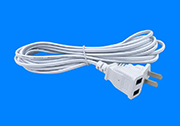
New 3m 5m timing fan power extension cable
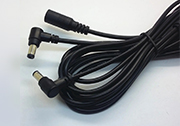
1 to 2 power cord DC power extension cord
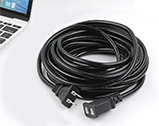
Two-core AC power extension cord
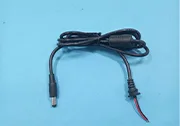
led power cable
Power extension cables are of a wide variety. We generally categorized it based on factors such as:
People use power extension cords for many different purposes, such as:
When selecting a power extension cord, it is highly recommended to consider the following factors in addition to amperage rating, length, number of outlets, and safety features:
Grounding a power extension cord properly is very crucial for electrical safety. The safety ground wire is often colored green or yellow-green. You should connect the ground wire securely to the ground terminal on the extension cord, and then you are supposed to link the terminal on the ground to the ground outlet or conductor.
Keep in mind:
Generally, we do not recommend burying an extension cord underground. This is due to the risk of moisture damage, corrosion, and potential safety hazards. If outdoor use is necessary, you can choose a dedicated outdoor power extension cord and take precautions as follows:
You can connect many devices to an extension cable, but keep these points in mind:
Notes: You can safely connect lamps, computers, phone chargers, and other low-wattage devices to the power extension cable. However, you should always remember not to connect high-wattage appliances like air conditioners or electric heaters directly to the power extension cable.
The length of a power extension cord will definitely affect its performance. Longer cords can cause voltage drops, reducing power to your devices, especially high-powered ones. Generally, home extension cords shouldn’t exceed 15 meters. If you need longer distances, you can consider:
Common Uses:
Yes. Technically speaking, you can use a power strip with an extension cable, but you should follow these guidelines:
Common Uses:
The length of a power extension cord will definitely affect its performance. Longer cords can cause voltage drops, reducing power to your devices, especially high-powered ones. Generally, home extension cords shouldn’t exceed 15 meters. If you need longer distances, you can consider:
Common Uses:
Using your extension cord wrong can be a real pain. Here’s what could happen:
Looking for Affordable power extension cords for Your Project?
As a renowned cable harness solution provider giant VOCSON can ensure that your project is leading the industry, Choose us to provide wire harness products, and OEM or ODM services for you.